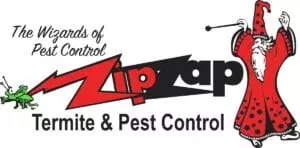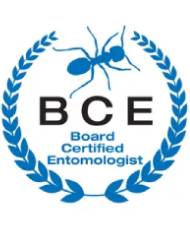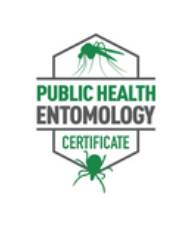What Is the Difference Between Termites and Ants?
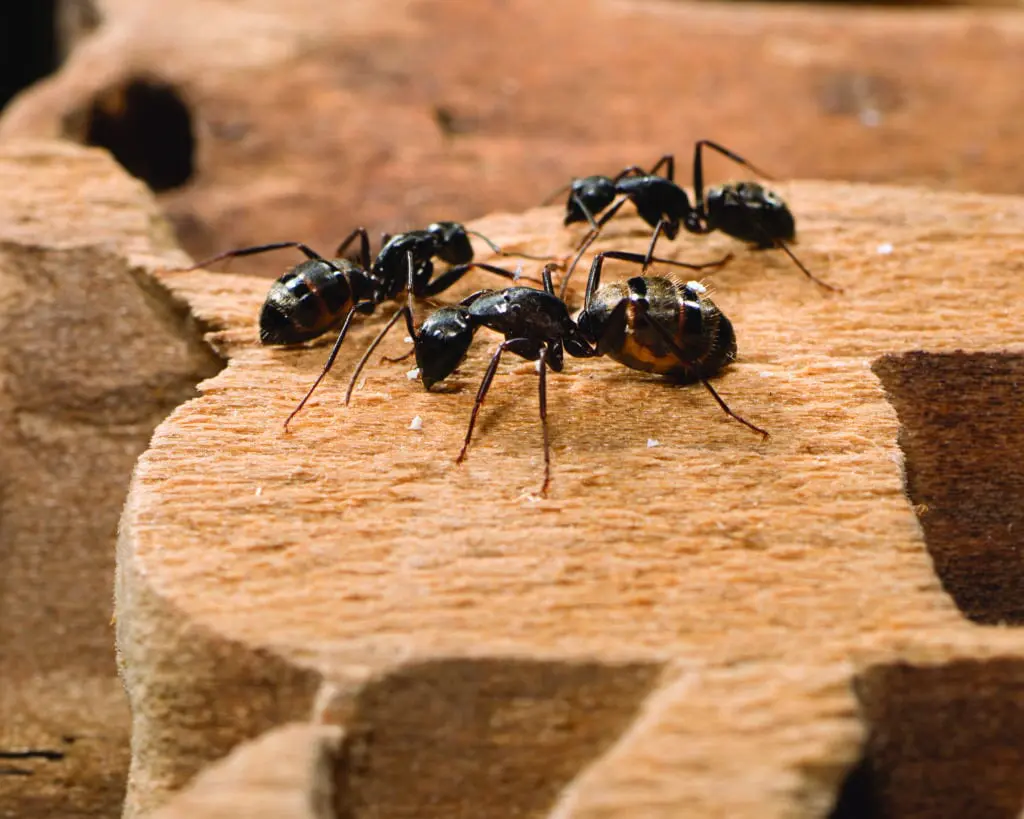
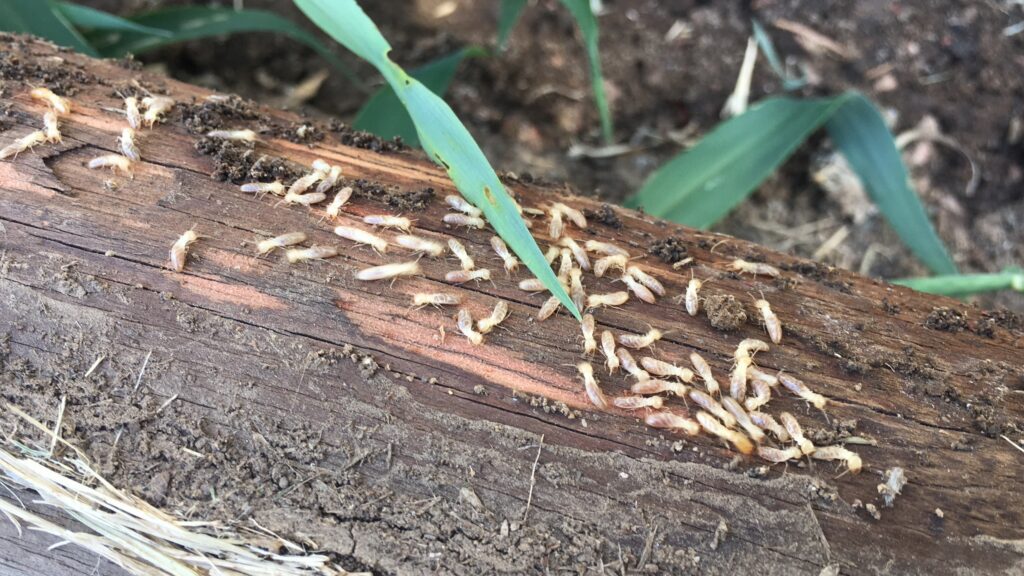
At ZipZap Termite & Pest Control, we often receive calls from homeowners asking about the difference between termites and ants. Who’ve spotted tiny, winged critters or small piles of sawdust-like material around their property. The first question they usually ask is, “Are these termites or ants?” It’s a great question because, at a glance, these two insects can look surprisingly similar. However, mistaking one for the other can lead to significant problems, especially since termites can cause thousands of dollars in structural damage, whereas ants are often just a nuisance. So, let’s dive into the key differences between termites and ants, focusing on their appearance, behavior, and those telltale features like antennae, body segments, and wings. By the end, you’ll be able to spot the difference like a pro and know when it’s time to call in the experts.
Why It Matters: Termites vs. Ants
Before we get into the nitty-gritty, let’s talk about why distinguishing between termites and ants is so important. Both insects live in colonies, and both can invade your home, but their impact is wildly different. Termites are silent destroyers, munching through wood, drywall, and even wallpaper, often causing damage before you even notice them. Ants, on the other hand, are more likely to raid your pantry than your home’s foundation. Knowing which pest you’re dealing with helps you act fast—whether that means grabbing a can of bug spray for ants or calling ZipZap for professional termite control.
Physical Differences: A Closer Look
At first glance, termites and ants might seem like cousins, but a closer inspection reveals some clear differences. Let’s break it down by focusing on three key physical traits: antennae, body segments, and wings.
Antennae: Bent vs. Straight
One of the easiest ways to tell termites and ants apart is by looking at their antennae. Ants have elbowed or bent antennae that look like they’ve got a sharp angle, almost like an L-shape. This bend is a hallmark of ant anatomy and helps them navigate their environment. Termites, however, have straight, beaded antennae that resemble a string of tiny pearls. If you can get a close look (maybe with a magnifying glass), this is one of the quickest ways to identify which pest you’re dealing with.
Body Segments: Pinched vs. Uniform
Next, let’s talk about body shape. Ants have a distinctly segmented body with three clear parts: the head, thorax, and abdomen. The middle section, or thorax, is pinched, giving ants that classic “hourglass” figure. Termites, by contrast, have a more uniform, rectangular body shape. Their bodies don’t have that pinched waist, so they look more like a single, continuous tube. If you spot an insect with a slender, wasp-like waist, it’s almost certainly an ant. But if the body looks straight and broad, you’re likely looking at a termite.
Wings: Equal vs. Unequal
Both termites and ants can have winged versions, often called “swarmers,” which are the reproductive members of their colonies. These winged insects are the ones most likely to be confused with each other, especially when they swarm in spring or summer. But their wings tell a different story. Termite swarmers have four wings of equal length, and their wings are often longer than their bodies. Ant swarmers also have four wings, but their front wings are noticeably longer than their back wings. Another clue? Termite wings are delicate and often fall off easily, leaving behind piles of discarded wings near windows or light sources. Ant wings, while still fragile, tend to stay attached longer.
Beyond Appearance: Behavior and Habits
Physical traits are a great starting point, but termites and ants also differ in how they live, eat, and interact with your home. Understanding these differences can help you spot an infestation early.
Diet: Wood vs. Almost Anything
Termites are infamous for their wood-munching habits. They feed on cellulose, a component found in wood, paper, and even some fabrics. Subterranean termites, one of the most common types in the U.S., build mud tubes to travel between their underground colonies and their food source (often your home’s wooden beams). Drywood termites, another common species, live right inside the wood they eat, leaving behind tiny piles of frass (termite droppings) that look like sawdust.
Ants, on the other hand, are scavengers with a much more varied diet. Some ants, like carpenter ants, can damage wood by hollowing it out to build their nests, but they don’t actually eat the wood. Instead, they’ll munch on sugary foods, grease, or even other insects. If you see a trail of ants marching toward a spilled soda or a crumb on your counter, you’re dealing with ants, not termites.
Colony Structure: Similar but Different
Both termites and ants live in highly organized colonies with a caste system that includes workers, soldiers, and reproductive members. However, their colonies function differently. Termite colonies can number in the millions and often operate out of sight, deep in the ground or inside wood. Their workers are pale, soft-bodied, and avoid light, which is why you rarely see them unless you disturb their tunnels.
Ant colonies, while also large, are often more visible. You might spot a line of worker ants marching across your kitchen floor or notice a small mound of dirt marking their nest outside. Ants are also more adaptable, thriving in a variety of environments, from your backyard to your bathroom. Termites, by contrast, need moisture and wood to survive, which is why they’re often found in damp, wooden areas like basements or crawlspaces.
Signs of Infestation From Termites and Ants
Wondering if you’ve got termites or ants? Look for these clues:
- Termites: Mud tubes along walls or foundations, discarded wings near windows, hollow-sounding wood, or frass piles.
- Ants: Visible trails of ants, small dirt mounds outside, or sawdust-like material (from carpenter ants) without the mud tubes.
If you’re still unsure, don’t hesitate to call ZipZap Termite & Pest Control. Our technicians can identify the pest and recommend the right treatment plan.
Spotting the Signs of Termites Early
Knowing how to identify termites versus ants can save you a lot of headaches. If you see small, winged insects swarming around your porch light in the spring, take a closer look. Are the wings equal in size, and do they fall off easily? You might have termites. Do the insects have a pinched waist and bent antennae? Those are likely ants. If you’re still unsure, check for other clues around your home. Termites leave behind mud tubes—small, pencil-sized tunnels made of soil and saliva—along walls or in crawlspaces. Ants, especially carpenter ants, might leave sawdust-like shavings, but you won’t see mud tubes with them.
Another telltale sign of termites is damaged wood. Tap on wooden beams or furniture; if it sounds hollow or crumbles easily, termites could be the culprit. Ants, even carpenter ants, don’t eat wood—they just carve it out for nesting, so their damage is less extensive but still worth addressing.
Prevention Tips for Homeowners
Seal Entry Points: Check for cracks in your foundation, gaps around windows, or holes in screens. Both termites and ants can slip through tiny openings.
Reduce Moisture: Termites thrive in damp environments, so fix leaky pipes, ensure proper drainage, and keep gutters clean. Ants are also drawn to moisture, so drying out problem areas helps.
Store Food Properly: Ants love sugary or greasy foods, so keep your kitchen clean and store food in sealed containers.
Inspect Wood: Regularly check wooden structures, like decks or fences, for signs of termite or carpenter ant activity.
Trim Vegetation: Keep shrubs and trees trimmed away from your home, as they can serve as bridges for both termites and ants to enter.
Why Professional Help Matters
While ants can often be managed with over-the-counter sprays or baits, termites are a different story. Their ability to cause structural damage means you can’t afford to wait. At ZipZap, we use advanced techniques like baiting systems and liquid treatments to eliminate termite colonies and protect your home. Even with ants, persistent infestations (like those caused by carpenter ants) may require professional intervention to fully eradicate the problem.
When to Call ZipZap Termite & Pest Control
If you suspect termites or ants have taken up residence in your home, don’t wait to act. For ants, over-the-counter baits or sprays might work for small infestations, but persistent problems—especially with carpenter ants—often need professional treatment. Termites, however, are never a DIY job. Their colonies are complex, and store-bought solutions rarely reach the root of the problem. At ZipZap, our team uses cutting-edge tools, like Termidor liquid treatments and Sentricon baiting systems, to eliminate termites and prevent future infestations. We also offer tailored solutions for ant control, ensuring your home stays pest-free.
Let’s Wrap Up the Difference Between Termites and Ants
So, what’s the difference between termites and ants? It’s all in the details: termites have straight, beaded antennae, a uniform body, and equal-length wings, while ants sport bent antennae, a pinched waist, and unequal wings. Termites eat wood and cause serious structural damage, while ants are more likely to scavenge for food or, in the case of carpenter ants, nest in wood. Knowing these differences empowers you to act quickly and protect your home.
If you’re still unsure whether you’re dealing with termites or ants, don’t take chances. The team at ZipZap Termite & Pest Control is here to inspect your property, identify the pest, and provide a solution that fits your needs. Give us a call today, and let’s zap those pests together!

Jeffery Preece, BCE, PHE
Jeffery Preece is the owner and technical director of ZipZap Termite & Pest Control.
